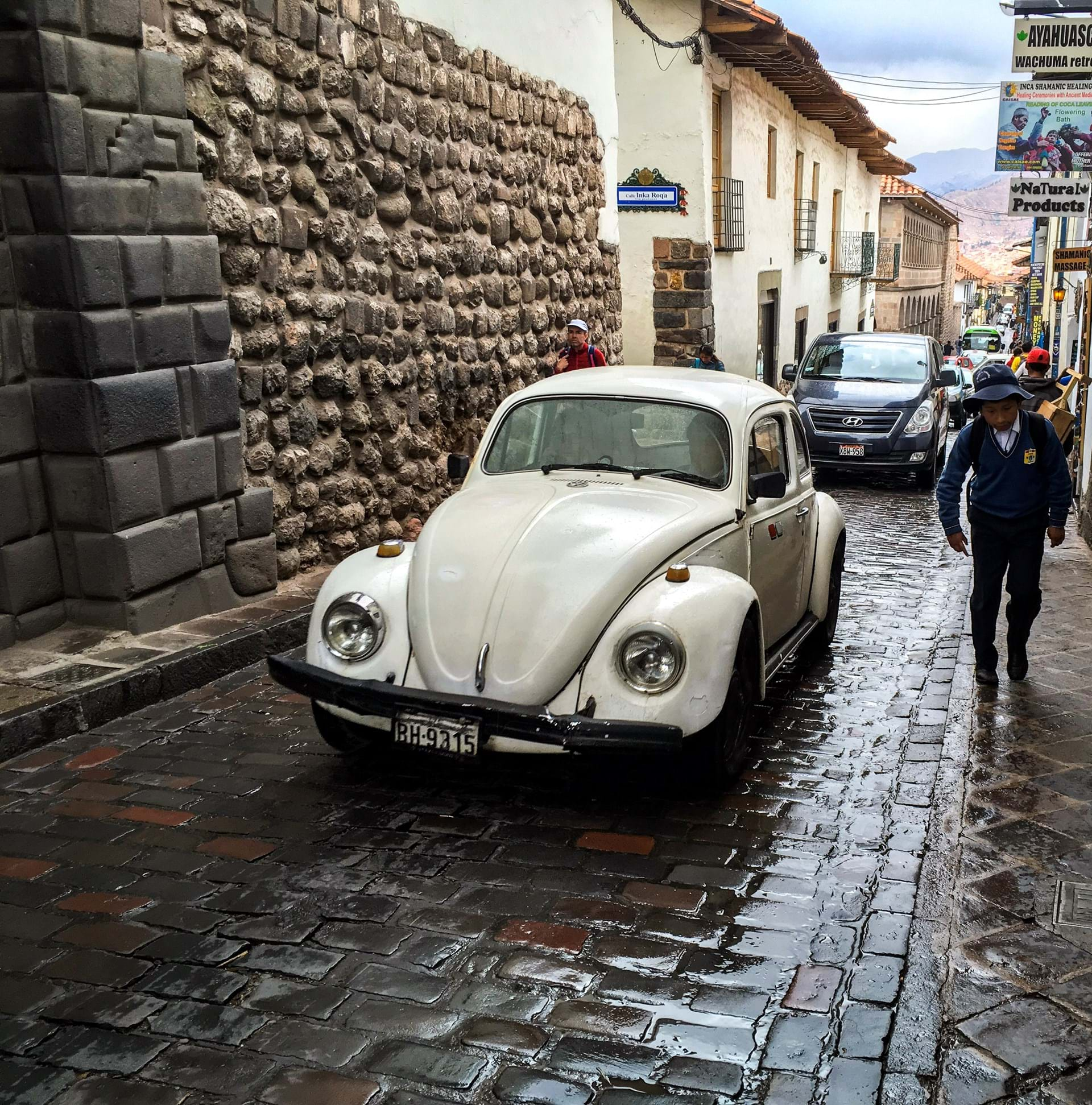We're spoilt in Europe, we drivers. Cars emit less every year. We can buy cutting-edge in-car safety technologies. Our roads are generally good. We even employ a more expensive, higher quality class of fuel to propel us from one place to the next.
We are comfortable.
Three weeks in Peru has opened my eyes to a decidedly old-school – yet entirely current – vision of motoring.
South America is generally included under the 'developing world' banner. I've written countless press kits for cars that sell well in places like Peru, where buyers are said to appreciate compact, reliable, low-cost, high-value motors.
Yet I've never really given too much thought to local road conditions.
I think, now, I understand.
Motoring in South America is a 'purer’ driving experience. I found it curiously refreshing.
Europe, North America, and more affluent parts of Asia are ploughing on inexorably towards a world of zero emissions and vehicle autonomy, of hot-stone massage seats, intelligent LED headlamps, infinitely selectable drive modes, and self-healing pearlescent paint.
In Europe, the era of the 'post-bovine' car interior is upon us. In parts of South America, I suspect many drivers just want to alight on something that isn’t vinyl.
Also, a different type of car is king. Everywhere you look are diminutive Korean hatchbacks, Mexican-built 'old' Beetles, Chinese-built minivans, and torsion-beam compact sedans. The omnipresent quadrumvirate of value motoring, replete with a full rear-bench of passengers and a boot that won't shut for luggage. Reliability expected, air conditioning optional.
I don't think there's a car in South America without some form of battle scarring. Road markings are woefully inadequate in places, non-existent in others. A pearlescent paint finish is, therefore, a needless indulgence; autonomous lane detection technology, a pipe-dream.
With diesel particulate filters and emissions reduction systems attached to the bare minimum of vehicles, goodness knows when EVs will become mainstream.

